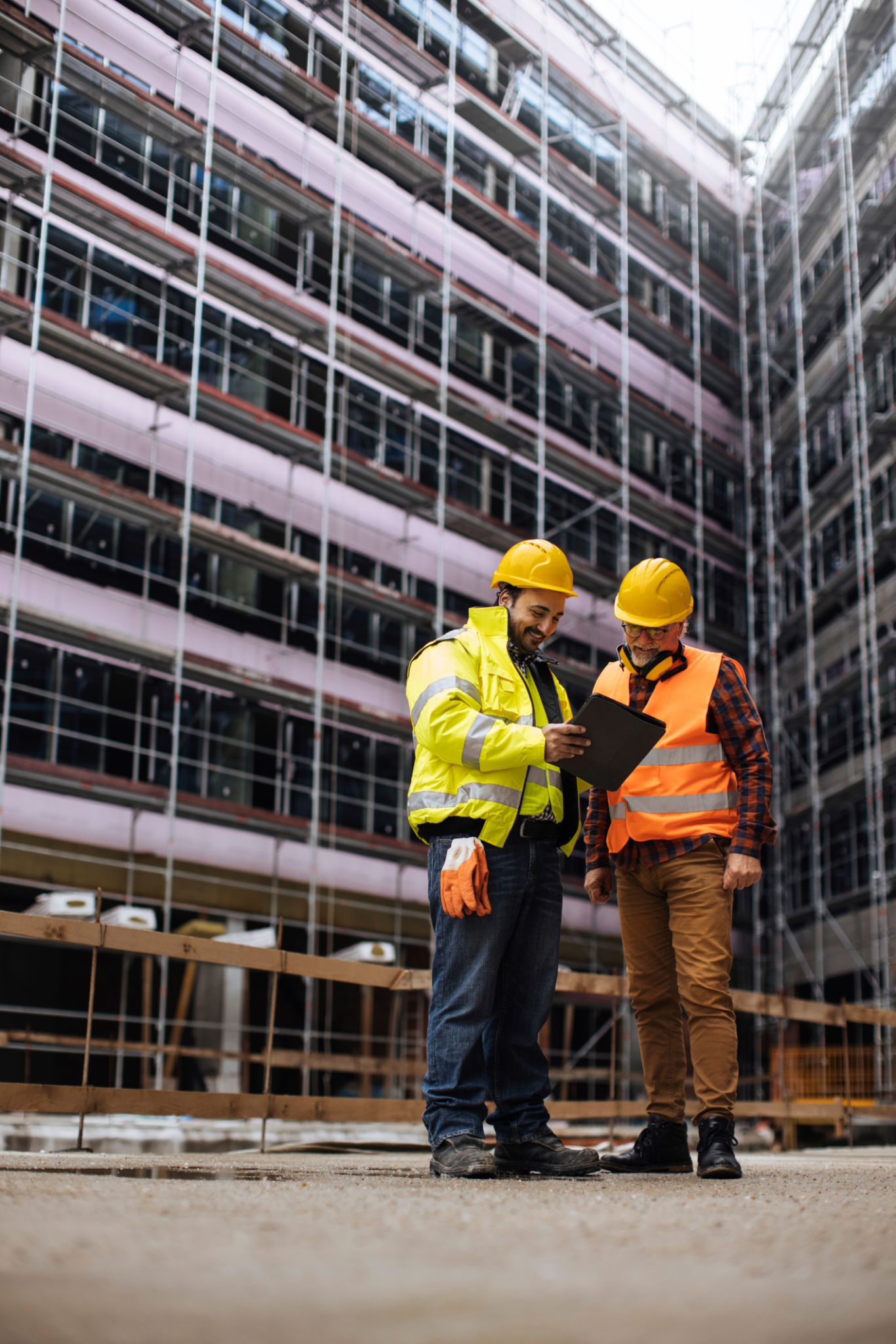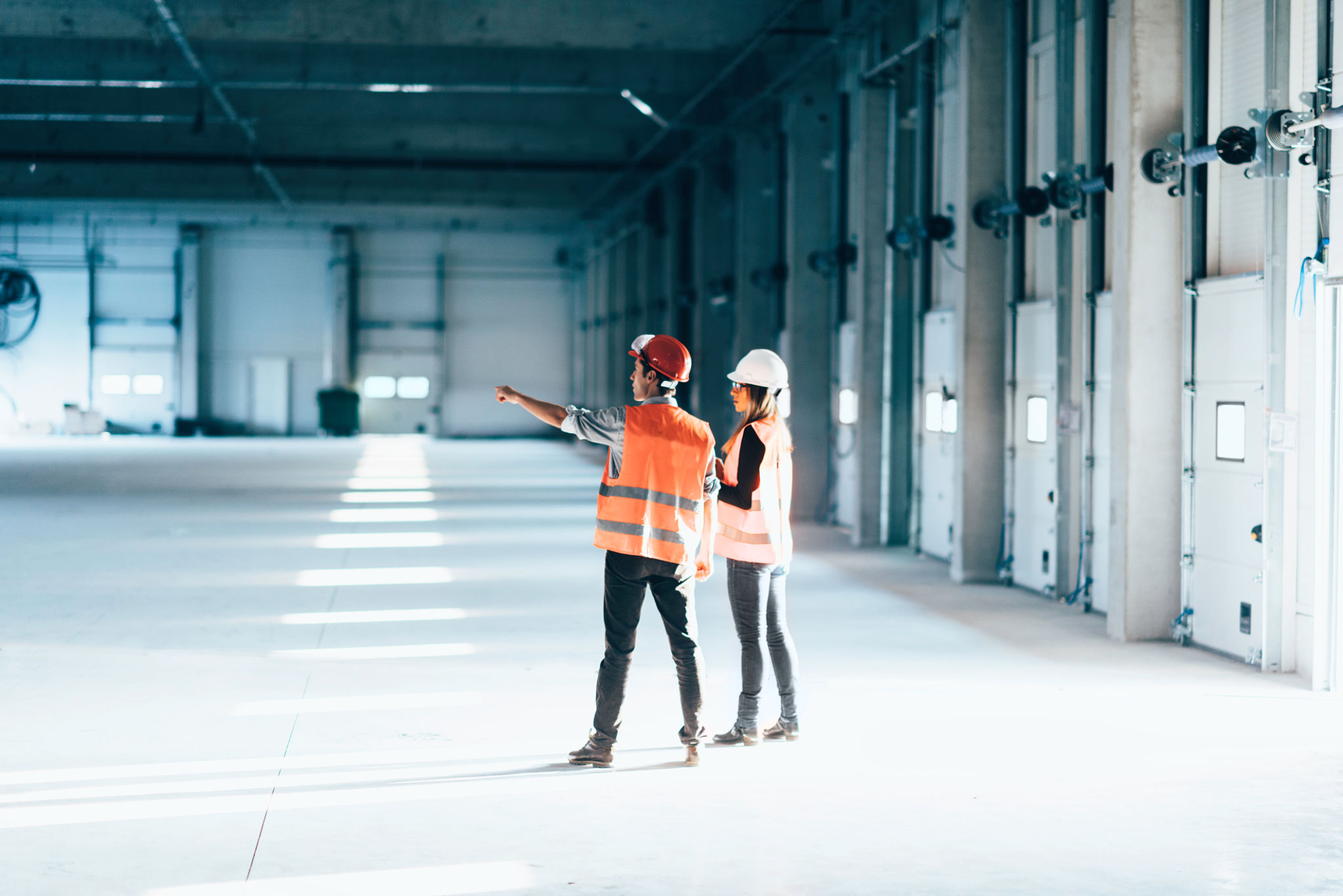Understanding the Residential Construction Process: A Step-by-Step Guide
Building a home is a dream for many, but understanding the residential construction process can be overwhelming. Breaking it down into manageable steps can make the journey more enjoyable and less daunting. In this guide, we'll walk you through the essential stages of building a home from start to finish.
Planning and Design
The first step in any construction project is thorough planning and design. This involves working with architects and designers to create a blueprint that meets your needs and budget. During this phase, you'll decide on the style, layout, and features of your new home.
It's crucial to consider factors such as energy efficiency, sustainability, and future resale value. Engaging with professionals early on can save time and money down the line.

Securing Permits and Financing
Before construction begins, you'll need to secure the necessary permits and financing. Obtaining permits ensures that your project complies with local building codes and regulations. Simultaneously, securing financing involves working with lenders to determine your budget and loan options.
Having a clear understanding of your financial commitments and legal requirements is essential to avoid delays and complications.
Site Preparation and Foundation
Once the planning phase is complete, the next step is site preparation. This involves clearing the land, leveling the ground, and setting up utilities. Proper site preparation is crucial for a stable and strong foundation.
The foundation is a critical element of your home, providing structural support. Depending on your location and soil type, the foundation may vary between slab, crawlspace, or basement.

Framing and Exterior Work
With the foundation in place, the framing stage begins. This involves constructing the skeleton of the house, including walls, floors, and roof systems. Framing defines the shape and size of your home and is a significant milestone in the construction process.
Following framing, exterior work such as roofing, siding, and window installation takes place. These components protect your home from the elements and begin to bring your vision to life.
Interior Systems and Finishes
After the exterior is secure, attention turns to the interior systems. This includes plumbing, electrical, and HVAC installations. Ensuring these systems are properly installed is vital for the functionality and comfort of your home.

Once the systems are in place, it's time for interior finishes like drywall, flooring, and cabinetry. This stage allows you to personalize your space with colors, textures, and materials that reflect your style.
Final Inspections and Move-In
Before moving in, your home must pass final inspections to ensure compliance with all building codes and safety standards. These inspections provide peace of mind that your home is safe and ready for occupancy.
Once approved, you can begin the exciting process of moving in and enjoying your new home. The construction journey may be complex, but understanding each step ensures a smoother experience.
By following this step-by-step guide, you'll be well-equipped to navigate the residential construction process with confidence and ease.
